Not only is it an issue debated by many National Assembly delegates in the parliament, the issue of whether the North-South high-speed railway will only transport passengers or be a dual-use railway for both passengers and goods has also attracted special public attention.
High-speed trains are not suitable for carrying cargo.
Reporting to the National Assembly, the Government proposed a North-South high-speed railway project with a maximum operating speed of 350 km/h, mainly transporting passengers, and only carrying goods when necessary.
Explaining more clearly about the function of the route, the Ministry of Transport said: The pre-feasibility report submitted to the National Assembly this time has adjusted the axle load design of the North-South Expressway from 17 tons/axle (proposed in 2019) to 22.5 tons/axle, meeting the requirements of transporting goods when necessary. Accordingly, the Ministry of Transport will renovate the existing North-South railway line to specialize in transporting goods, while improving the capacity of sea transport routes. When the demand for transporting goods exceeds the capacity of the existing railway (expected after 2050), the Expressway will transport both passengers and goods according to the plan of carrying passengers during the day and carrying goods at night so as not to reduce the throughput capacity. It is expected that after the route is opened, the North-South Expressway can transport about 21.5 million tons of goods/year.
Many experts believe that high-speed railways carrying both passengers and goods, such as the Vientiane (Laos) - Kunming (China) route, will suit the economy's logistics needs and help share the burden on the road system.
PHOTO: HM
Supporting this option, Professor Pham Van Hung, Southern Institute of Transport Science and Technology, said that very few countries invest in building high-speed railways to serve freight transport. This is a high-end vehicle, competing with aviation, so special conditions are also needed. If there are any goods carried on high-speed trains, they will also be screened because of high transportation costs. This is obvious because the train runs fast and safely, so the cost must also be commensurate. On the other hand, the identified advantage of railways when transporting goods is that they can carry large volumes of goods at extremely low costs. This natural principle also shows that high-speed trains cannot be exploited for dual-purpose transport of both passengers and goods.
"Suppose 1 ton of rice from the West costs 20 million VND, and transporting it to Hanoi by high-speed railway costs 40 million VND, who will buy it? Taking advantage of the current old train, upgrading it to improve its operating capacity is enough to free up the amount of domestic goods that need to move on the North-South axis. All possibilities for the North-South high-speed railway to serve economic development have been calculated to be fully utilized. We should not confuse freight transport with passenger transport," said Professor Pham Van Hung.
Chairman of the Association of Investors and Transport Construction, Associate Professor, Dr. Tran Chung also supports the plan to build a high-speed railway line using the most modern technology to achieve a train speed of over 300 km/h, prioritizing passenger transport. Because if investing in a railway system with a speed of only 200 - 250 km/h, later on, if you want to upgrade to over 300 km/h, you will have to start over, which will be much more expensive. Besides, determining to strengthen the railway system must prove its superiority. If the train speed is only 200 km/h, many people will choose to travel by road (the North - South expressway routes, after completion, will allow vehicles to run up to 120 km/h). Thus, the railway is not only inferior to aviation, but also has to compete with the road, making it difficult to ensure operational efficiency.
"In the world, some European countries have begun to restrict short-haul flights to ensure the goal of reducing environmental pollution emissions. If we do not move forward with technology, railways will again face the problem of competing with roads on these distances. Once we decide to invest, we must aim for long-term goals, not only for the development of the railway industry but also for the goal of environmental sustainability in the future," Mr. Tran Chung emphasized.
Investing 67 billion USD just to transport passengers is such a waste.
However, many National Assembly deputies believe that the biggest bottleneck of Vietnam's economy today is the transport of goods for export and international connection. Deputy Hoang Van Cuong, member of the Finance and Budget Committee, estimates that if the North-South Expressway only carries passengers, it will waste about 50% of its capacity. Revenue from only carrying passengers will not be enough to cover operating costs, and there is a high risk of having to make up for losses. In addition, if the high-speed train does not transport goods, it will not solve the logistics bottleneck, will not meet the demand for transporting goods along the North-South economic corridor, and will not connect with the international railway system. Therefore, Mr. Cuong recommends that the North-South Expressway must take on the dual-purpose transport function of both passengers and goods, not just transporting goods when necessary.
Sharing the same view, economist, Associate Professor, Dr. Dinh Trong Thinh emphasized that freight transport is the most important factor determining the socio-economic development of a country. If it is really possible to renovate the old railway system to serve freight transport as planned by the Ministry of Transport, it would be an ideal solution. However, in reality, the railway industry has been sluggish for many years in wanting to renovate and innovate but has no capital, no money, and freight transport capacity is increasingly declining. Now, if it is renovated, how much more will it cost? Where will that money come from? Is the financial plan feasible if it is done in parallel with the high-speed railway? If we wait until the high-speed railway is completed before considering renovating the old railway, will it be in time to meet the needs of socio-economic development? ... These are a series of questions that the Ministry of Transport needs to explain clearly to convince that the high-speed train option for passengers is reasonable.
Economist, Dr. Vu Dinh Anh also recommended that the North-South high-speed railway line must be exploited for both passenger and cargo purposes because the greatest advantage of railways is transporting cargo, not passengers. With such travel time and terrain, if determined to carry only passengers, the high-speed railway will have to be placed in the context of direct competition with aviation.
In comparison, the Vietnamese aviation market still has a lot of room. In the future, aviation will develop air taxis to meet the demand on short-distance routes. Along with that, the infrastructure and means of aviation are more flexible. When there are few passengers, the airline can cut flights, lease planes, without affecting the existing port and parking system. Railways are not as flexible, because the investment rate is too large, so it will have to be used at maximum efficiency, exploited most effectively to reach the break-even point.
Not to mention, the North-South Expressway is a trunk line. The higher the speed, the fewer the stops, the more it affects the number of passengers. Besides, applying railway technology with a train speed of 300 - 350 km/h is almost entirely dependent on foreign technology and experts, the participation rate of Vietnamese enterprises is much lower than the 200 - 250 km/h option. If we calculate the efficiency of exploitation compared to the cost of infrastructure investment and maintenance, it is too wasteful.
"Demand for goods is still stable or tends to grow, but demand for passengers is uncertain. The North-South expressway will take at least 10 years to complete. At that time, travel needs will change, people's psychology will change. If it only carries passengers, with the need to move along the North-South axis, and compete with aviation, the future of the expressway will be a continuous loss, which is clear," Dr. Vu Dinh Anh raised the issue.
Thanhnien.vn
Source: https://thanhnien.vn/hien-ke-duong-sat-cao-toc-bac-nam-chi-cho-khach-hay-cho-ca-hang-185241125210724129.htm

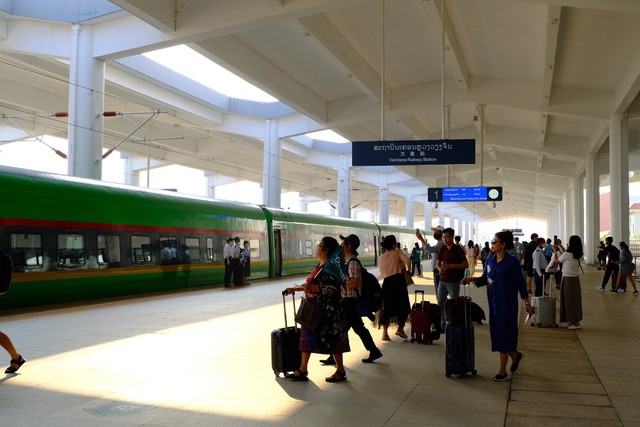
![[Photo] Prime Minister Pham Minh Chinh chaired a meeting to discuss solutions to overcome the consequences of floods in the central provinces.](https://vphoto.vietnam.vn/thumb/1200x675/vietnam/resource/IMAGE/2025/10/29/1761716305524_dsc-7735-jpg.webp)

![[Photo] Hue: Inside the kitchen that donates thousands of meals a day to people in flooded areas](https://vphoto.vietnam.vn/thumb/1200x675/vietnam/resource/IMAGE/2025/10/29/1761738508516_bepcomhue-jpg.webp)
![[Photo] Flooding on the right side of the gate, entrance to Hue Citadel](https://vphoto.vietnam.vn/thumb/1200x675/vietnam/resource/IMAGE/2025/10/28/1761660788143_ndo_br_gen-h-z7165069467254-74c71c36d0cb396744b678cec80552f0-2-jpg.webp)
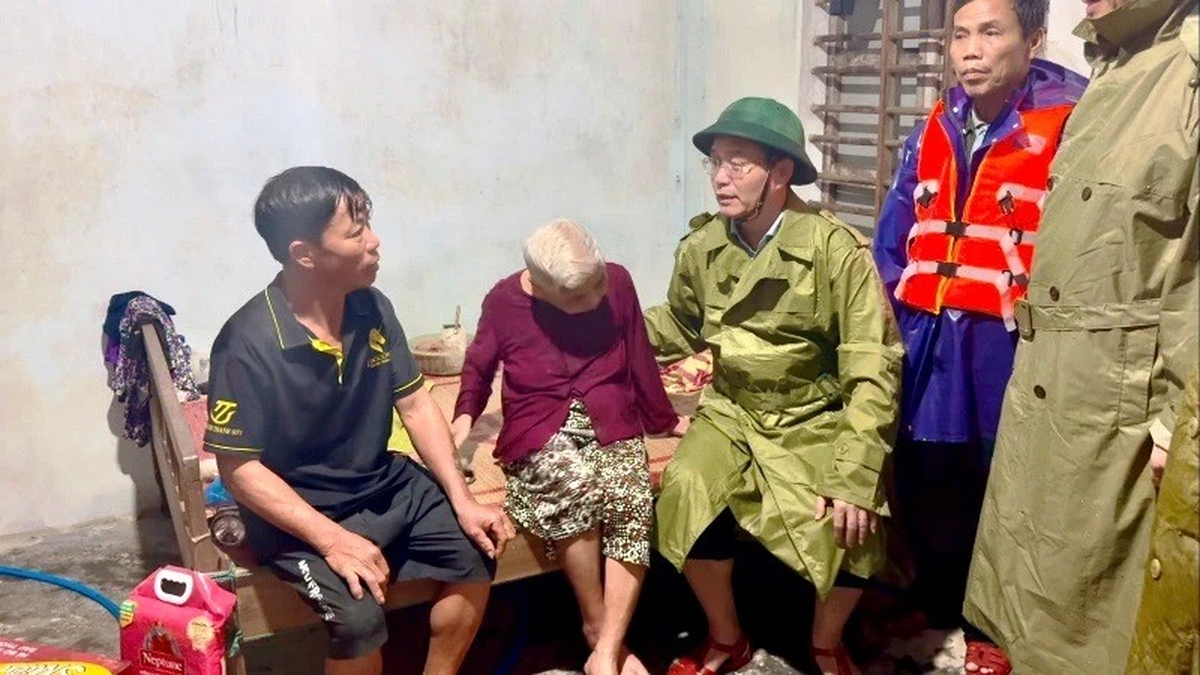
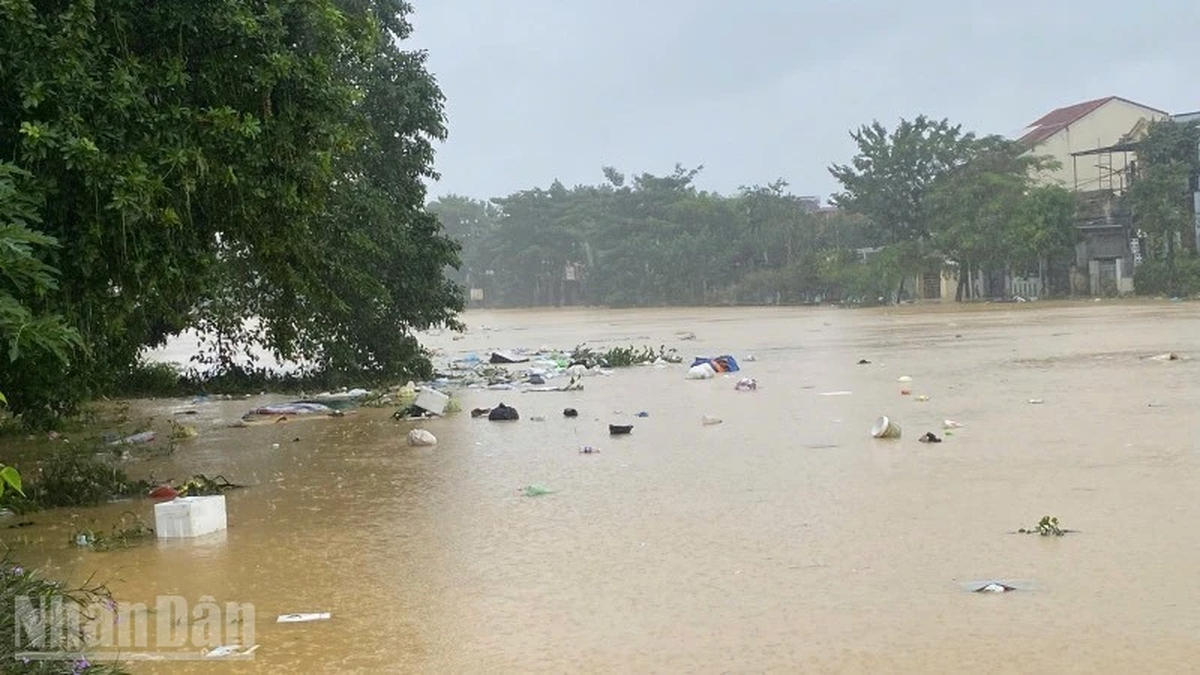
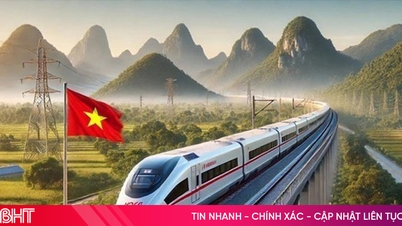

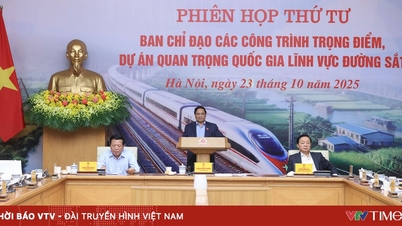





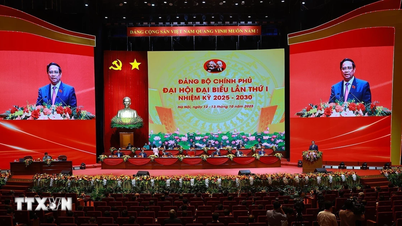

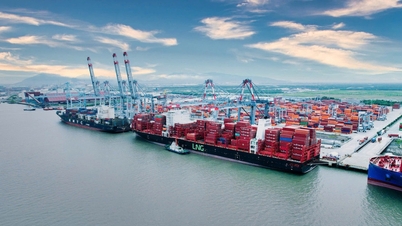

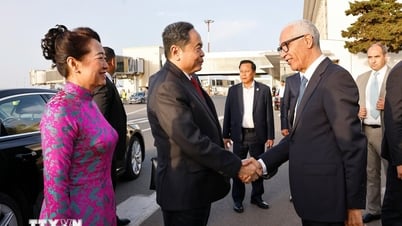
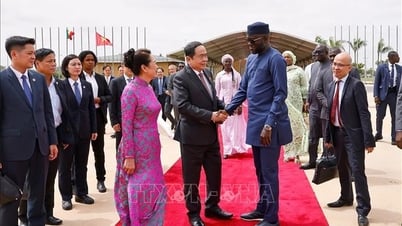

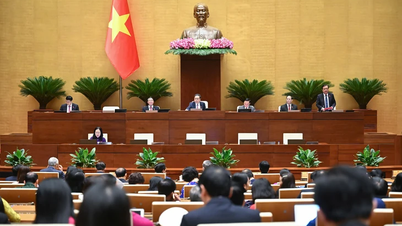
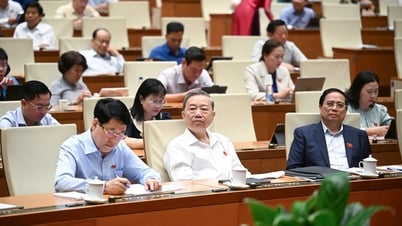



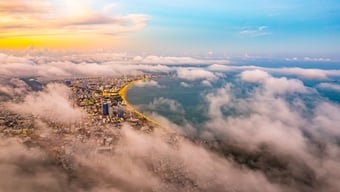


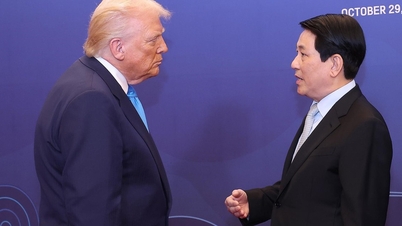

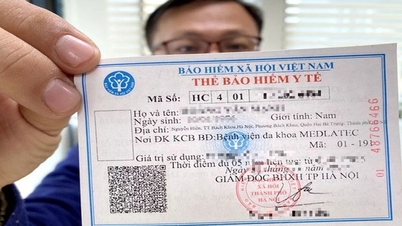

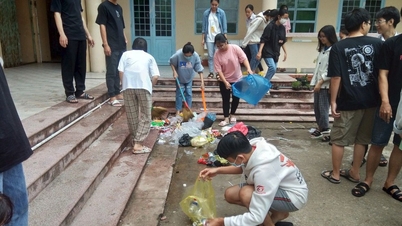

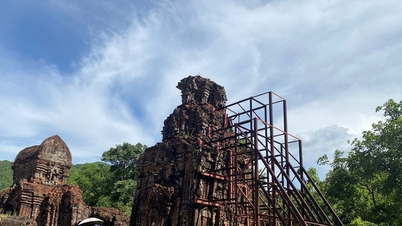

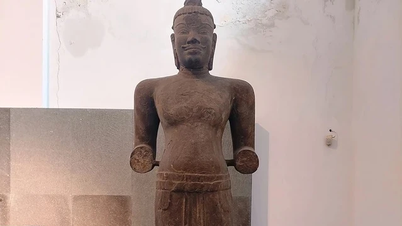
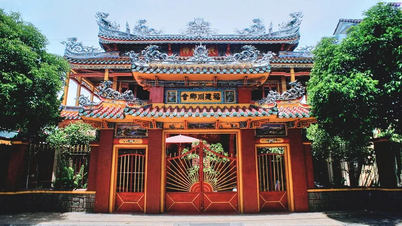

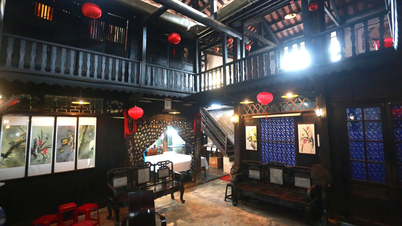
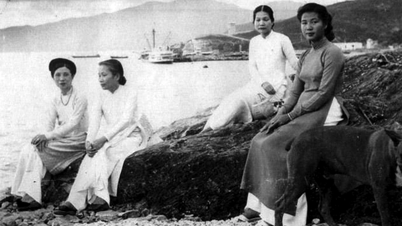
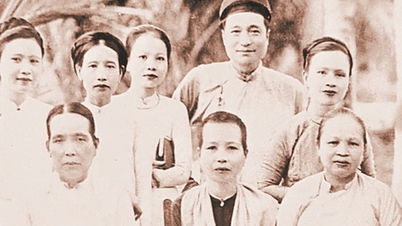


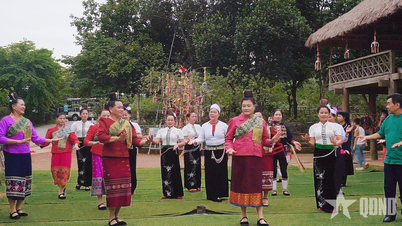






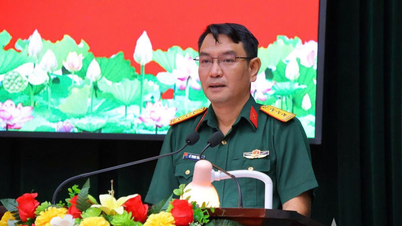


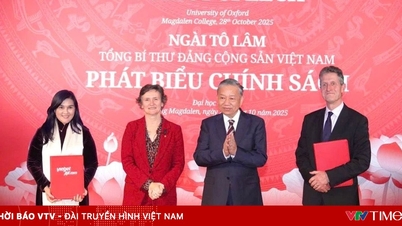
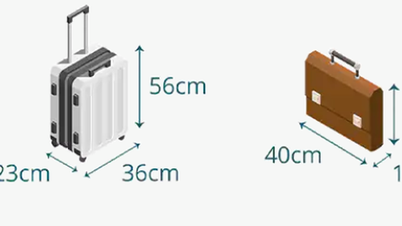


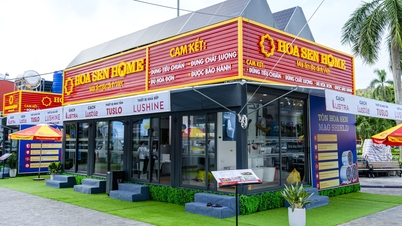
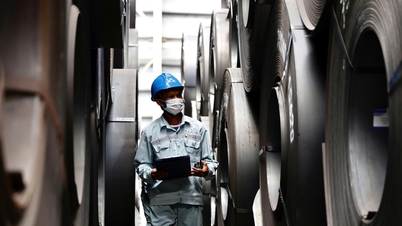
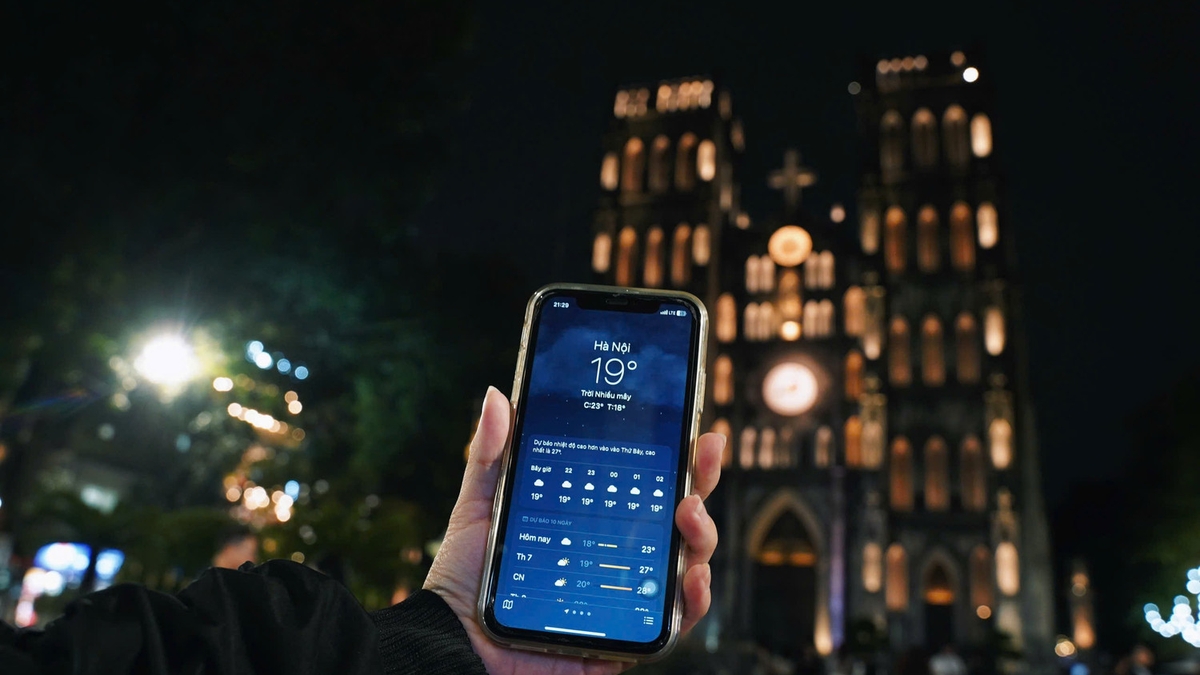
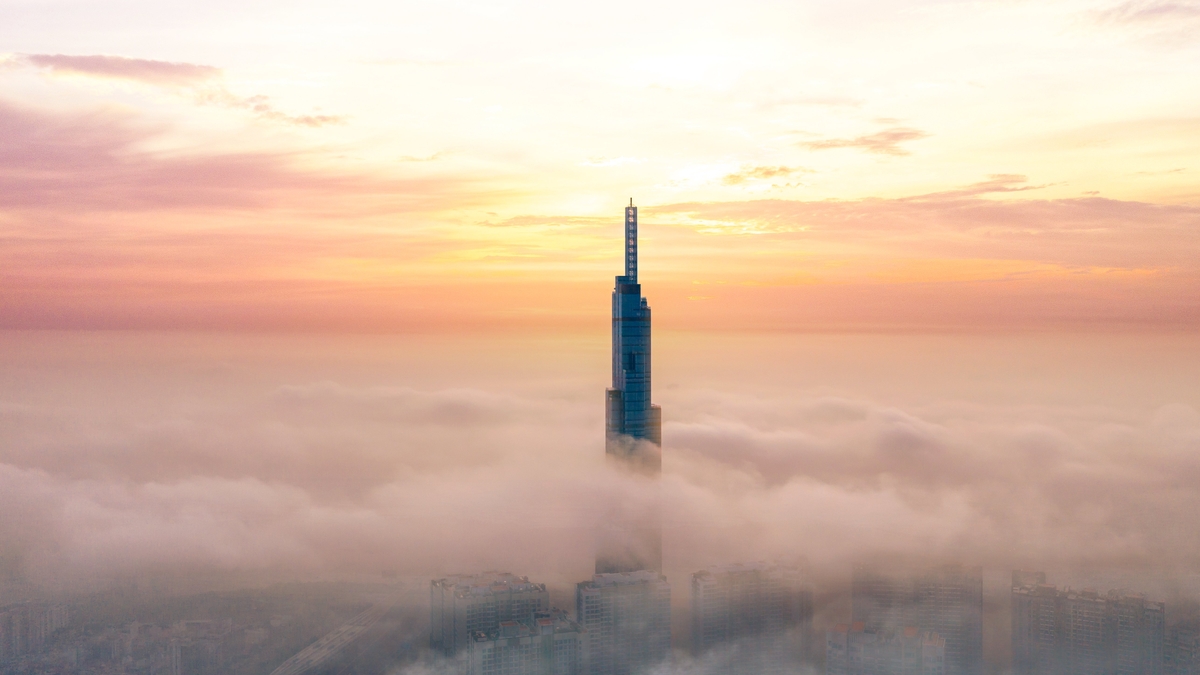



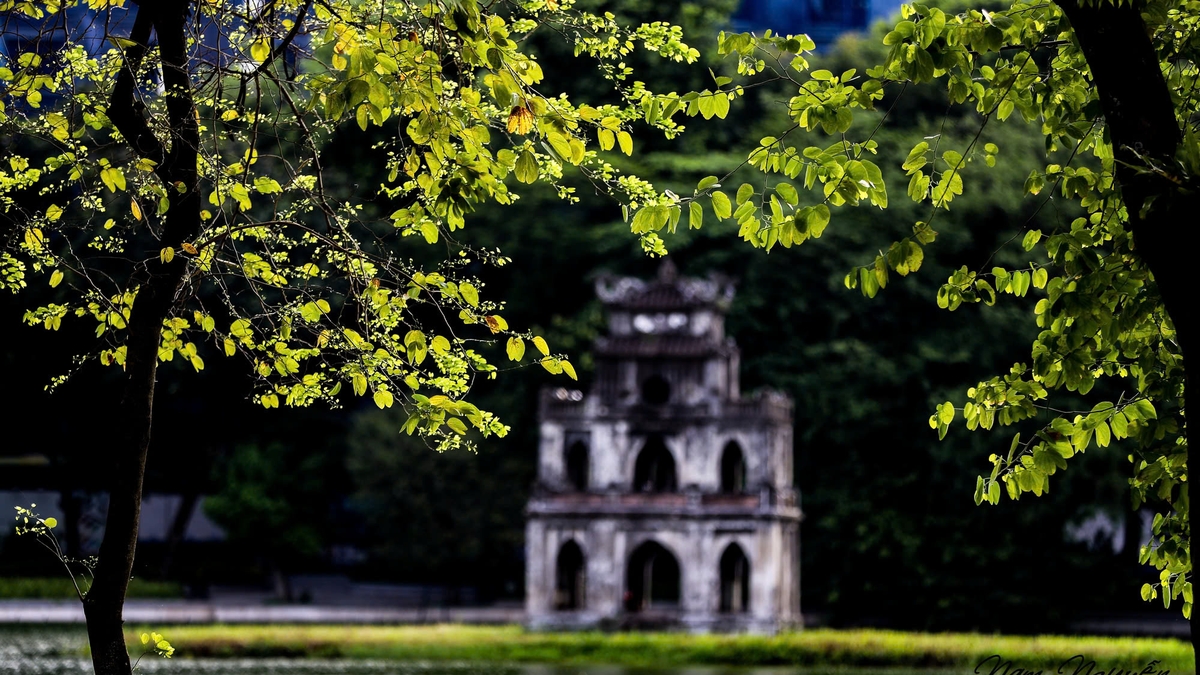


![[Video] 24-hour news on October 29, 2025: Prime Minister Pham Minh Chinh: No one in the Central region will be left hungry or cold due to floods](https://vphoto.vietnam.vn/thumb/402x226/vietnam/resource/IMAGE/2025/10/29/1761743011202_z7168421557697-8aba01bb34381f15c3b1423843c0e51f-jpg.webp)
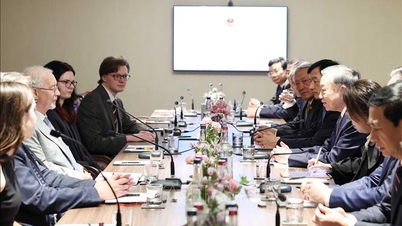
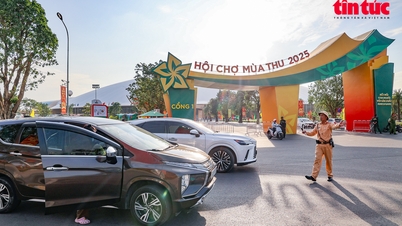
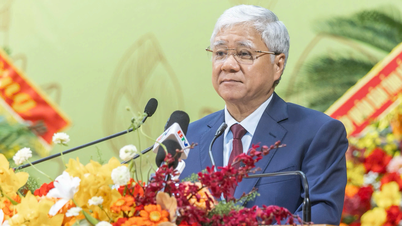
![[Infographic] Vietnam's socio-economic situation in 5 years 2021-2025: Impressive numbers](https://vphoto.vietnam.vn/thumb/402x226/vietnam/resource/IMAGE/2025/10/29/1761730747150_anh-man-hinh-2025-10-29-luc-16-38-55.png)
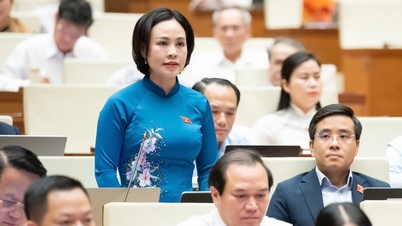

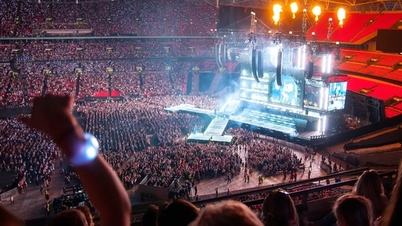
![[Live] Concert Ha Long 2025: "Heritage Spirit - Brightening the Future"](https://vphoto.vietnam.vn/thumb/402x226/vietnam/resource/IMAGE/2025/10/29/1761743605124_g-anh-sang-am-thanh-hoanh-trang-cua-chuong-trinh-mang-den-trai-nghiem-dang-nho-cho-du-khach-22450328-17617424836781829598445-93-0-733-1024-crop-1761742492749383512980.jpeg)
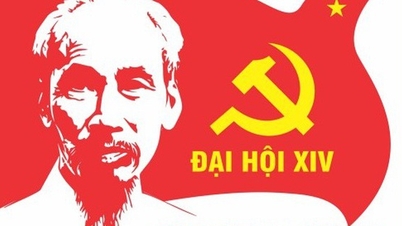
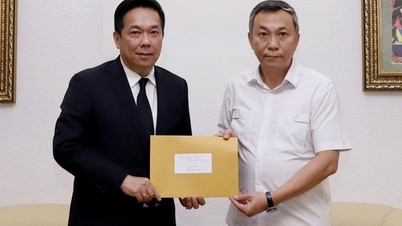

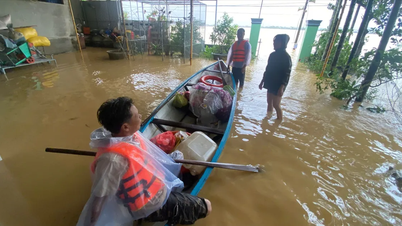

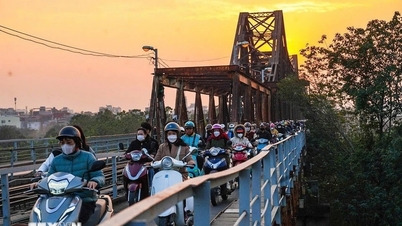

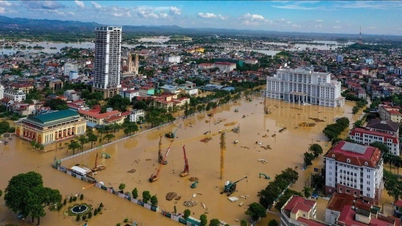

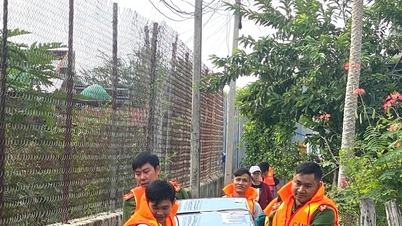



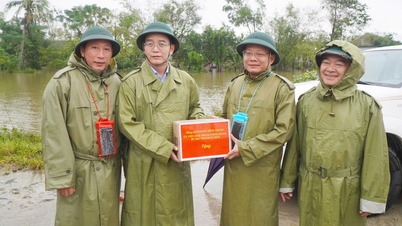












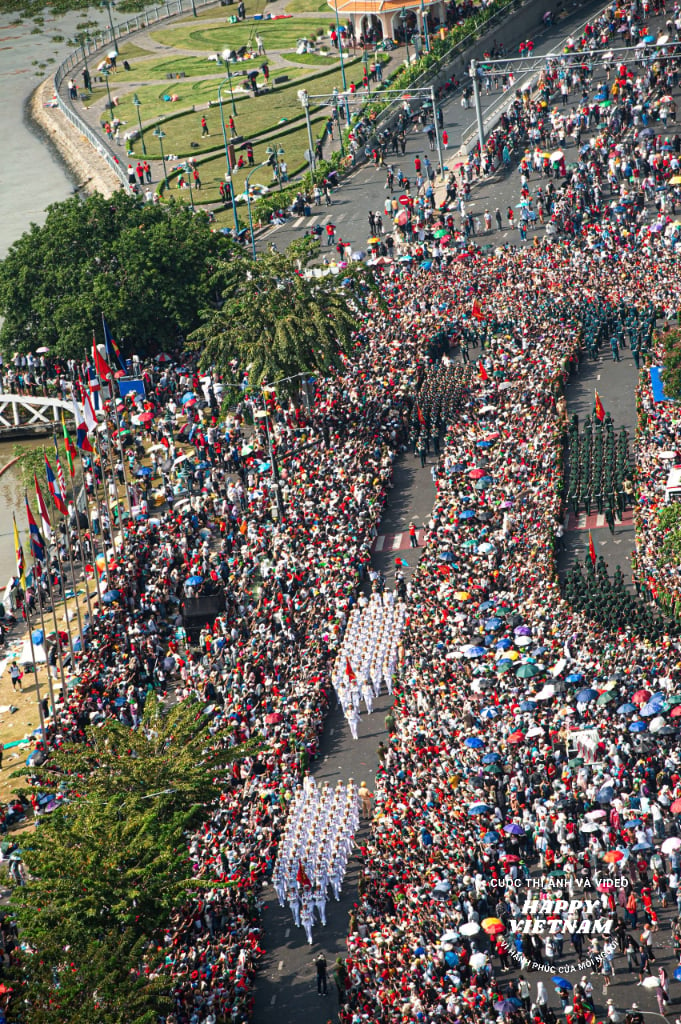


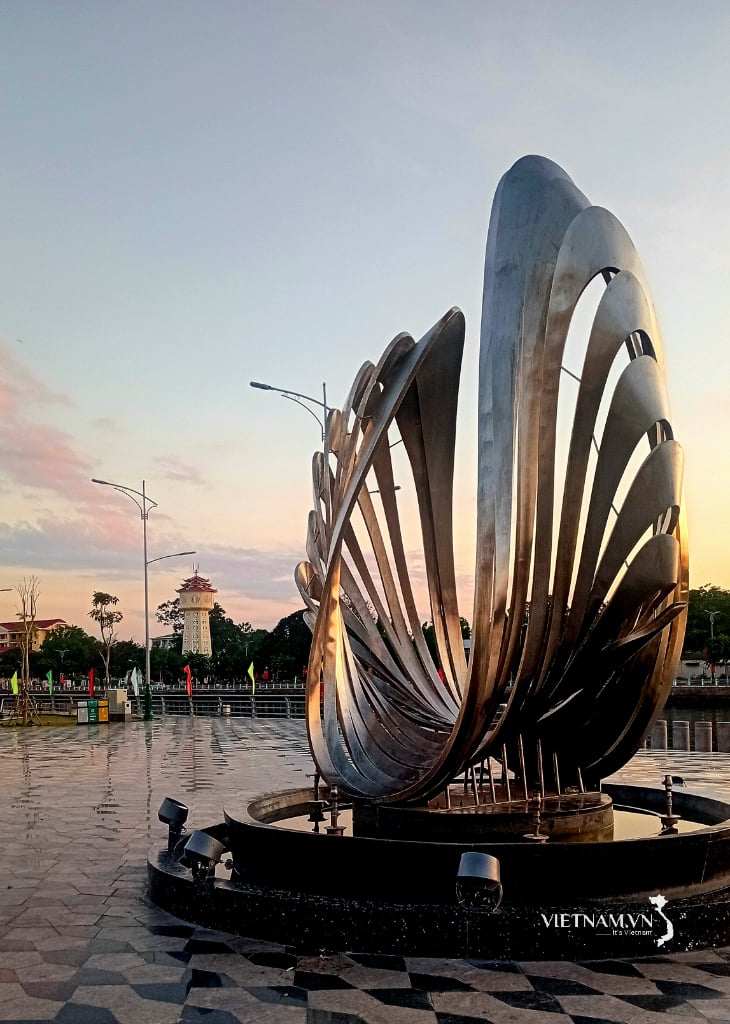
Comment (0)